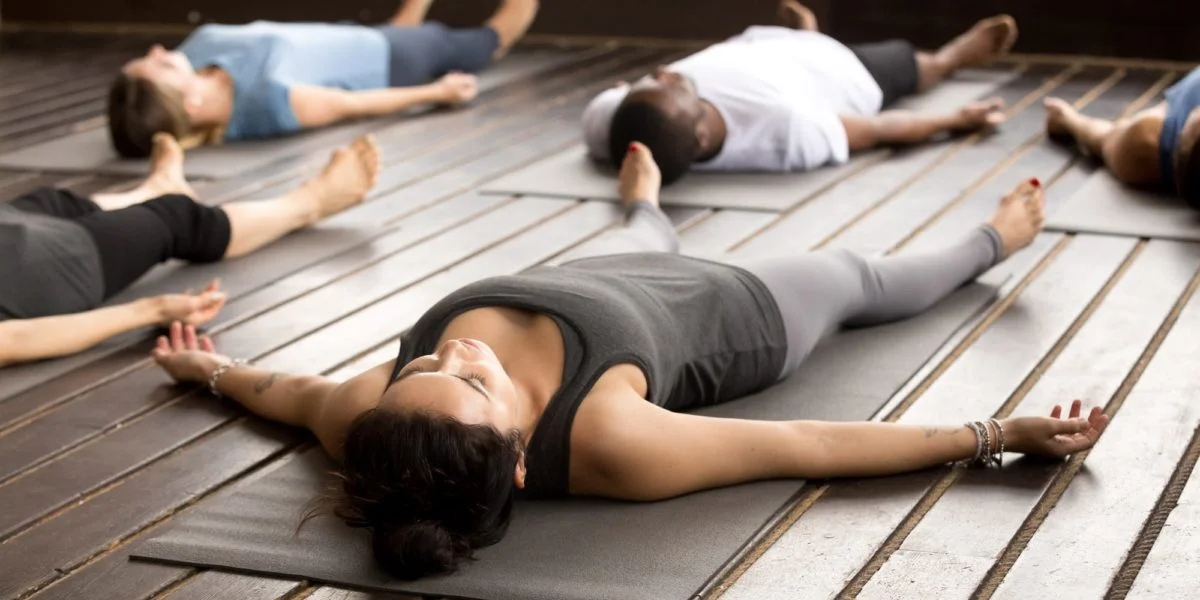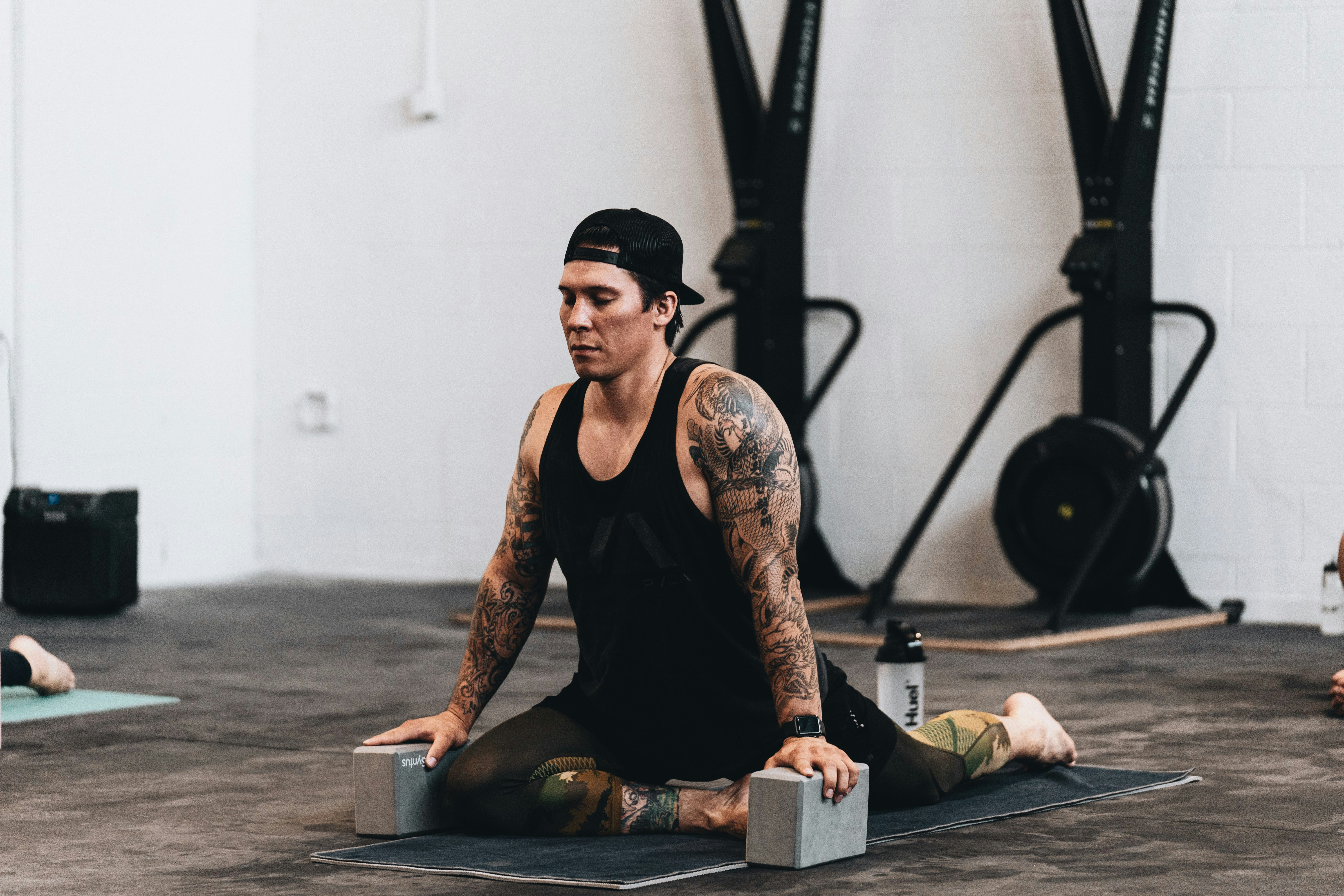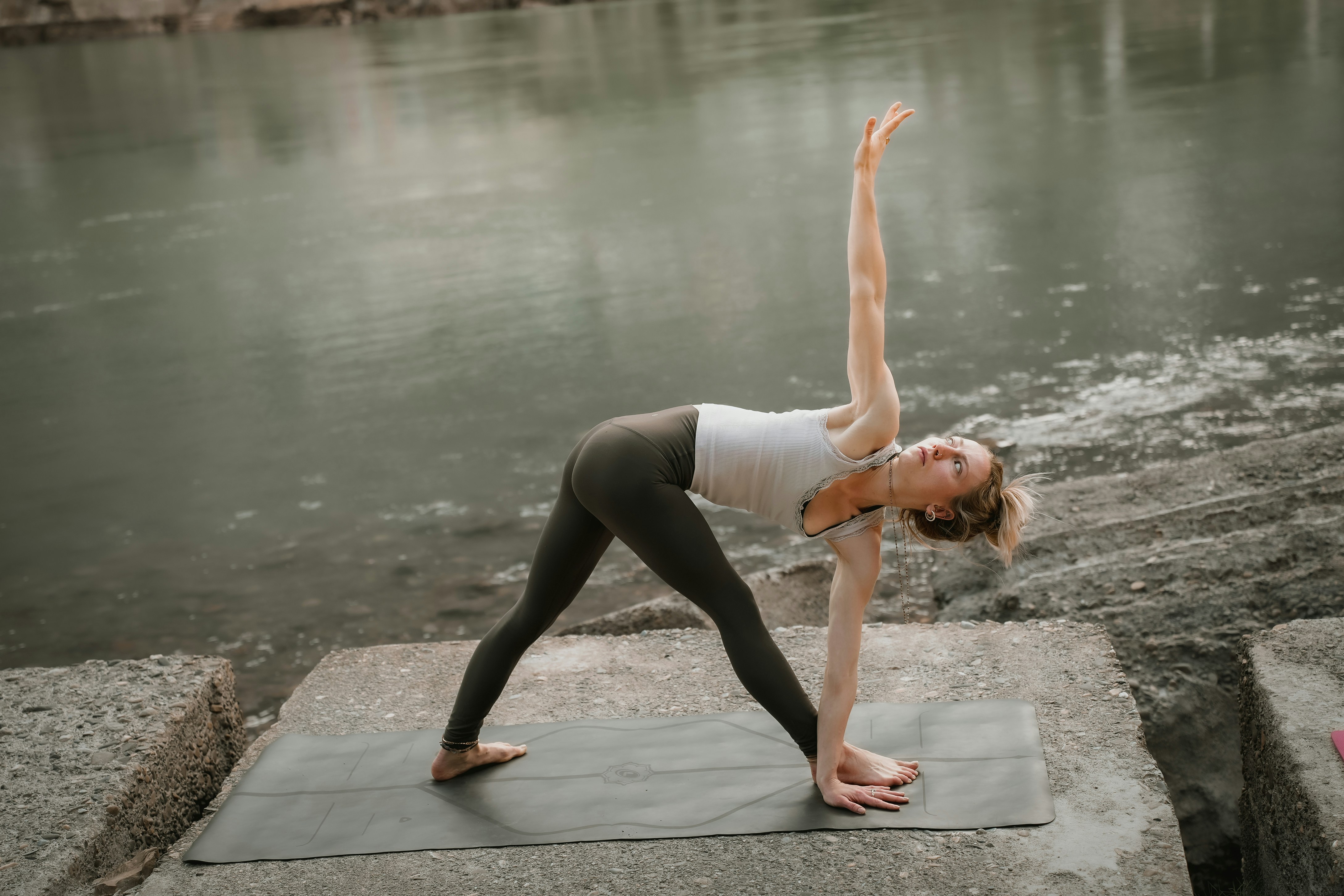For Teachers
When Should You Really Teach Yoga?

When I first stepped onto a yoga mat, I had no idea how deeply it would transform my life. Over the years, the practice has touched every corner of my existence — mind, body, and spirit. Eventually, I began to wonder: when should you really teach yoga? I didn’t want to jump into teaching too soon or for the wrong reasons. I wanted to be certain that I could truly honor the spirit of yoga and serve my future students with authenticity.
Through my own journey, I’ve learned that deciding to teach yoga isn’t just about mastering the poses. It’s a decision that requires deep reflection, commitment, and self-awareness. Let me share with you what I discovered about finding the right time to start teaching yoga.
Feeling the Genuine Call to Serve
In my experience, one of the biggest signs that you are ready is when you feel an undeniable pull toward sharing yoga with others. It’s not about craving attention or seeking admiration. It’s about an inner voice that keeps whispering that you have something meaningful to offer.
When should you really teach yoga? You should teach when your heart feels drawn to helping others discover the gifts of the practice. It’s a calling that comes from within, not from a place of ego. If you notice that your motivation is driven by service and love for the practice rather than personal gain, you are moving in the right direction.
Deepening Your Personal Connection to Yoga
Before I ever considered leading a class, I had to be honest with myself: was yoga something I lived or just something I did? I realized that true readiness comes when yoga seeps into every aspect of your life. It influences how you treat people, how you manage stress, and how you relate to the world around you.
If you are only connected to yoga while on the mat, it might be worth spending more time cultivating a holistic practice. When should you really teach yoga? Only when yoga becomes an essential part of who you are — not just an activity, but a way of being.
Embodying the Spirit of a Lifelong Student
When I started thinking about teaching, I quickly realized that it wasn’t a sign that I had “arrived” at some final level of mastery. Quite the opposite. Teaching yoga means stepping even deeper into the role of a student.
In truth, when should you really teach yoga ties closely to your willingness to stay humble and keep learning. There will always be new poses, new philosophies, and new insights to explore. Students will ask questions that challenge you. New methods and approaches will emerge. If you are excited to keep evolving alongside your students, then you are ready to step into the role of a teacher with an open heart.
Building Emotional Strength and Presence
Teaching yoga isn’t just about offering physical guidance. It’s about creating a safe emotional space where students feel supported and seen. Before I taught my first class, I had to cultivate emotional resilience.
I learned that holding space for others means being present, compassionate, and nonjudgmental — even when students bring their fears, frustrations, or vulnerabilities into the room. When should you really teach yoga? Only when you can remain centered and grounded, no matter what emotional energy you encounter. This ability to be fully present is what makes a good teacher truly exceptional.
Completing a Yoga Teacher Training and Beyond
While completing a yoga teacher training (YTT) program is important, it’s not the end of your preparation — it’s only the beginning. I completed a 200-hour YTT and felt proud, but I also recognized that a piece of paper doesn’t instantly make you ready.
Real readiness comes from applying what you’ve learned in real-world settings. I spent months assisting in classes, teaching small groups of friends, and practicing verbal cues and adjustments. When should you really teach yoga? Only after you have taken time beyond your certification to practice, reflect, and gain true teaching experience.
Trusting in Your Unique Voice
One thing that held me back initially was the fear that I had to teach exactly like my mentors or other famous instructors. It took me time to realize that the best teachers bring their own unique voice and perspective to the mat.
Your background, your life experiences, and even your struggles are what will connect you to your students. When should you really teach yoga? When you feel confident enough to teach from an authentic place, rather than trying to copy someone else. Students are drawn to sincerity, not perfection.
Balancing Knowledge with Compassion
As I prepared to teach, I realized that being a yoga teacher means balancing technical knowledge with heartfelt compassion. It’s important to understand anatomy, alignment, and safe sequencing. But it’s equally important to teach with kindness, patience, and a deep respect for where each student is on their path.
When should you really teach yoga? When you can blend your knowledge with empathy, knowing that every student’s journey will look a little different and honoring that without judgment.
Embracing Teaching as a Spiritual Practice
Finally, I came to see teaching yoga not just as a job or a role, but as a spiritual practice in itself. Each class is a chance to cultivate patience, humility, gratitude, and love — both in myself and in those I teach.
When should you really teach yoga? When you are ready to view teaching as an extension of your own spiritual growth, rather than a performance or task to be completed. It becomes a shared journey between you and your students, one where learning flows in both directions.
Conclusion
After years of practice, study, and soul-searching, I finally understood that no one else could tell me when should you really teach yoga. It wasn’t about external achievements or someone else’s approval. It was a deeply personal decision that came from within.
If you are wondering whether you are ready, listen carefully to your heart. Ask yourself whether you are prepared to serve, to keep learning, to hold space, and to teach from a place of authenticity and love. If the answer feels like a soft but steady “yes,” then trust yourself — you are ready to step into this beautiful, lifelong journey of teaching yoga.










